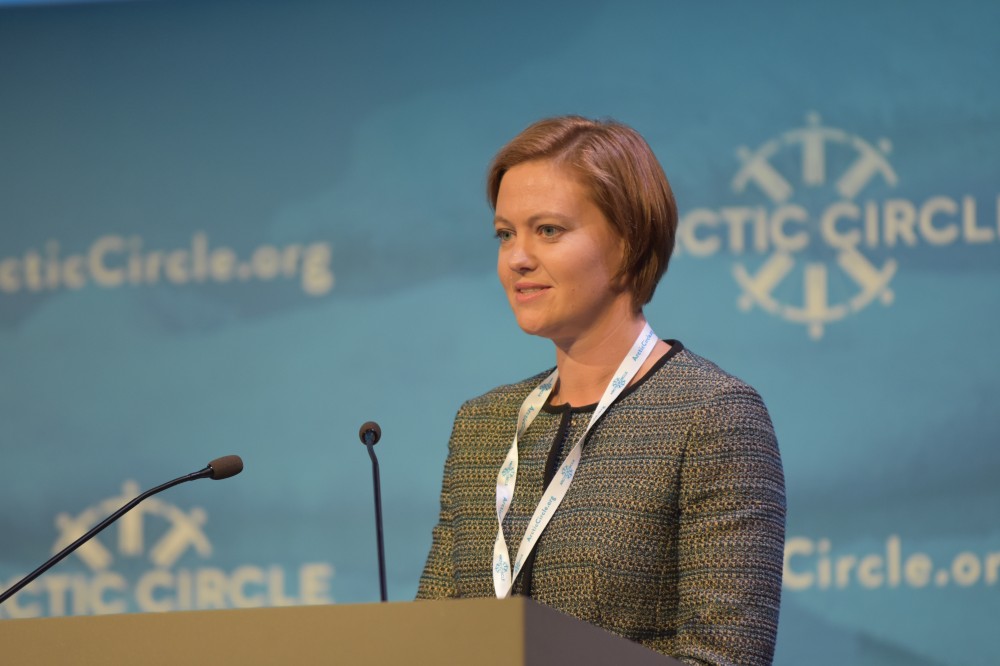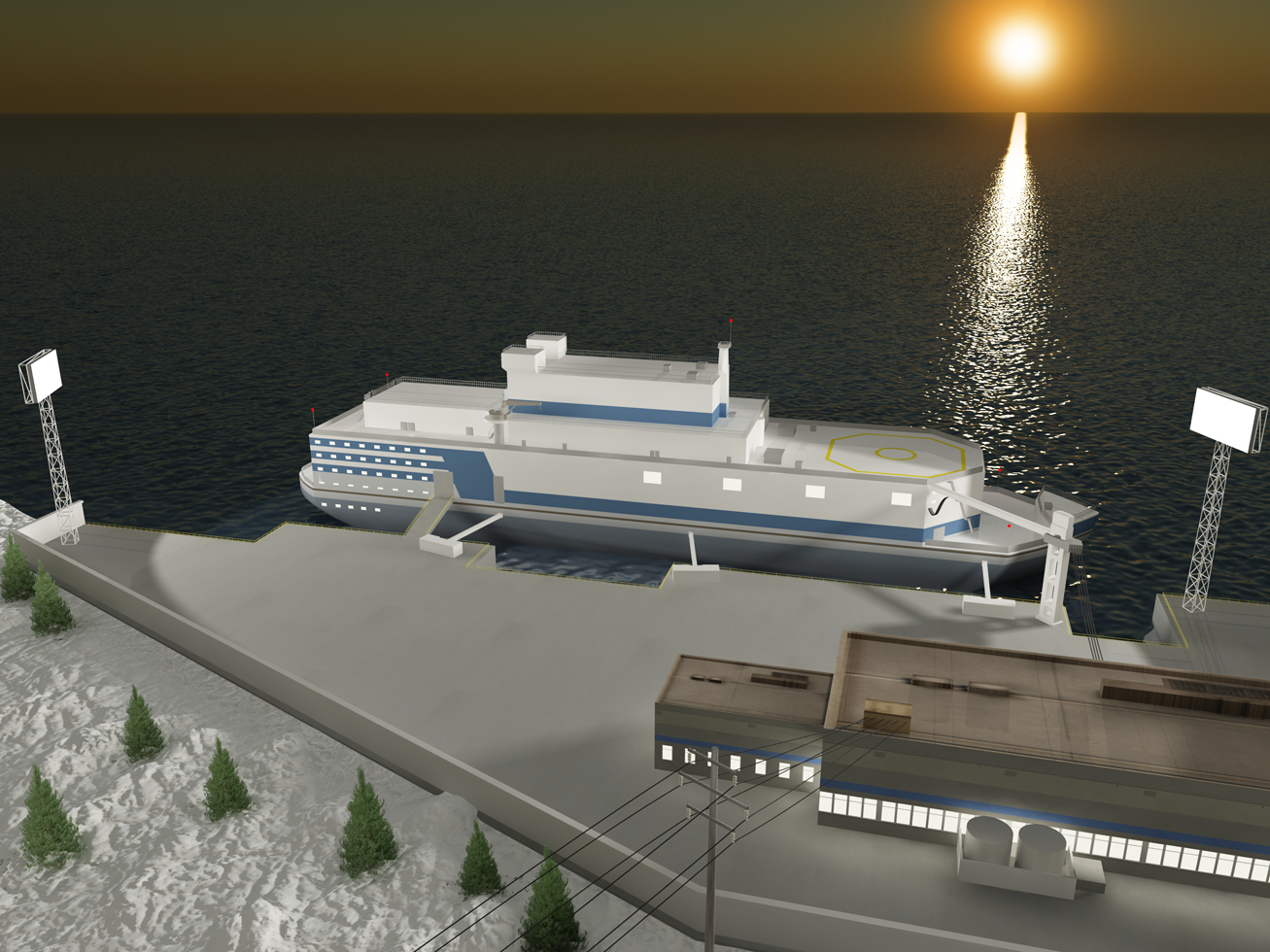After pressure from Norway, Rosatom says floating nuclear plant will be fueled in Murmansk
The two reactors on “Akademik Lomonosov” will not have uranium fuel on board when Russia’s first floating nuclear power plant is towed around Scandinavia next year, according to Russia’s state nuclear corporation Rosatom.
In late June, State Secretary Marit Berger Røsland in Norway’s Foreign Ministry raised safety concerns about plans to tow nuclear power plant around the coast of Norway.

“We clearly expressed that the government is highly critical to the planned towing of the nuclear power plant along the coast of Norway,” Berger Røsland said after meeting Rosatom officials at the annual Joint Norwegian-Russian commission on nuclear safety.
Norway and Russia have since the mid-90s cooperated on nuclear safety projects in the high north. The Ministry of Foreign Affairs in Oslo has in total granted some €200 million in support, mainly for nuclear waste and reactor safety projects on the Kola Peninsula.
For Norway, having a floating nuclear power plant with two reactors loaded with irradiated uranium fuel sailing outside the coast has caused public concerns about a possible accident and, in a worst-case scenario, radioactive contamination of marine resources.
On Friday, Rosatom announced the shift of plans.
Will be loaded in Murmansk
“The loading of nuclear fuel into the reactors of the floating nuclear power plant Akademik Lomonosov and the start of the reactors will take place in Murmansk after the plant has be delivered without fuel on board,” said Alexey Likhachev, general director of Rosatom.
“We will carry out the transportation through the Baltic and the Scandinavian region without nuclear fuel on board,” he noted and said this will meet the wishes of the countries of the Baltic-Scandinavian region.
His interview on the case is posted on Rosatom’s portal and is quoted in several media in St. Petersburg, including Fontanka.

Likhachev says the shift of plans comes after uncertainties on legal issues in accordance with international maritime law.
“The Law of the Sea lays behind our developments and lacks the concept of a non-propelled floating nuclear facility. Therefore, many of the questions asked by our neighbors and partners in the Baltic region can’t legally be resolved,” Likhachev said.
He added that the towing of Akademik Lomonosov now will “remove the existing legal conflict and act on the principle of good-neighbor relations with our partners.”
Towing in 2018
This means that the floating nuclear power plant, currently under construction in St. Petersburg, will not test the reactors before being towed north. The towing will cross the Baltic Sea between Finland, Sweden, the Baltic States, Poland, Germany and Denmark before sailing north along the coast of Norway to Russia’s Arctic port of Murmansk.
Murmansk is the homeport of Russia’s fleet of civilian nuclear-powered icebreakers. The two reactors on board Akademik Lomonosov are a modified version of the KLT-40 reactor type today powering the icebreakers.
The Atomflot icebreaker base in Murmansk has all needed infrastructure to load and reload nuclear fuel for maritime reactors, including the floating nuclear power plant. Rosatomflot, a subsidiary under Rosatom, operates the Atomflot base and the fleet of nuclear powered icebreakers.
Not everyone, though, is happy with the move. Regional environmental group Priroda i Molodezh (Nature and Youth) in Murmansk on Saturday tweeted “This is transfer of the problem to another region where people also live.”
Another tweet from the organization reads: “By this logic, St. Petersburg is a nuclear-free zone, and Murmansk is a testing ground for nuclear tests?”
Atomflot is located less than a kilometer north of the nearest apartment blocks in the Rosta district in Murmansk.
Testing in Murmansk
After testing the reactors in Murmansk, a city with some 300,000 inhabitants, the floating nuclear power plant will be towed along Russia’s northern coast to the Arctic port town of Pevek on the Chukotka Peninsula.
The plan is to launch electricity production from Akademik Lomonosov in 2019. The new floating nuclear power plant will replace heat and electricity today produced in the region from Bilibino nuclear plant, supposed to be shut down in 2019.
Bilibino is the smallest and northernmost operating nuclear power plant in the world.
Rosatom has plans to build a series of similar floating nuclear power plants, both for use in remote Arctic regions and for leasing to other countries.